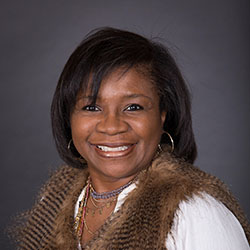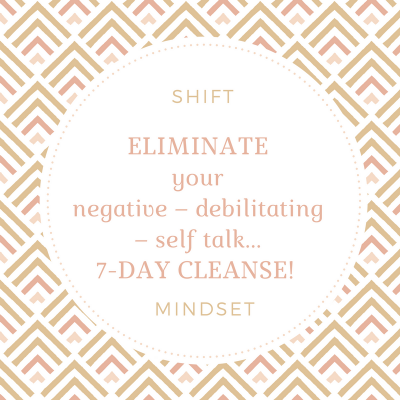Preventing cancer often seems like a long, dreary list of don’ts: don’t smoke, don’t go out without sunscreen, etc. But along with the no-nos are lots of positive dos — easy steps that could reduce your cancer risks. “The best defense is enjoying a colorful, plant-rich diet and an active lifestyle,” says Elisa Zied, a registered dietician based in New York and author of Younger Next Week, who notes that such smart choices can also benefit your heart and your brain.
Here are a few ways you can boost your odds of living a longer, healthier life.
Take the Weight Off
Obesity and excess weight are “clearly associated” with postmenopausal breast cancer, colorectal and pancreatic cancers, and are implicated in others, according to the American Cancer Society (ACS). The ACS also says that excess weight accounts for 14 to 20 percent of all cancer deaths. Trimming down to a healthy weight with a waistline of less than 32 inches (a measurement which is an important indicator of dangerous belly fat) can cut your risk.
Shake a Leg
The National Cancer Institute notes that there is “strong evidence” that physical activity reduces the risk of colon and breast cancer, while other studies suggest links to lower lung, endometrial and prostate cancer.
How much exercise is enough? The Center for Disease Control and Prevention (CDC) recommends a minimum of 30 minutes of physical activity at least three times a week for adults and an hour a day for kids — with at least three of those hours being “vigorous” activity (hiking, running over 6 mph, soccer, etc.). And you don’t have to spend all that time in the gym. Romp on the beach with your kids, go dancing with your spouse or play a fun game of volleyball.
Got young daughters? Vigorous exercise is especially important for pre-pubescent girls, says epidemiologist Ruby Senie, PhD, of Columbia University, because it could postpone the start of menstruation, limiting their lifetime exposure to estrogen and later risk of breast cancer.
Go Big on GBGG
That stands for Greens/Beans/Grains/Garlic, a cancer-fighting combo that health experts recommend for your daily diet. Many — though not all — published studies link cruciferous veggies such as arugula, watercress and broccoli to lower risk of lung, colon, stomach and other cancers. Beans and grains pack plenty of fiber, shown by numerous studies to reduce the risk of colorectal cancer. And research cited by the National Cancer Institute suggests that regular garlic consumption can decrease the risk of stomach, colon and pancreatic cancer.
Feast on Fruits, Nom on Nuts
Blackberries and raspberries are not only delicious; they also deliver more fiber than broccoli, not to mention bolstering your defenses against colon and breast cancer. Enjoying a peach a couple of times a week could lower your risk of postmenopausal breast cancer, according to one large study. And while nuts are higher in calories than berries, nibbling an ounce of them twice a week might also protect against pancreatic cancer, according to a study published in The New England Journal of Medicine.
Indulge in Moderation
Enjoying a little Chardonnay once in a while is fine — just don’t overdo it. The ACS emphasizes that drinking alcohol in any form raises the risk of cancers of the mouth, throat, liver, colon and breast. Stick to recommended consumption levels to moderate the damage: 12 ounces of beer, 5 ounces of wine, or 1.5 ounces of 80-proof spirits.
Studies also link high intake of red meats with higher rates of colorectal cancer, so limit your consumption to 6 ounces twice a week, says Zied. And when you’re going to grill your rib-eye, marinate it first: Grilling produces carcinogens called HCAs, but researchers from Kansas State University found that marinating meat for half an hour cuts the HCA level by up to 88 percent.
About Author: Lynn Langway is a health writer and former editor at Newsweek and Ladies’ Home Journal who frequently contributes to Life & Beauty Weekly.
- Website: http://www.lynnlangway.com
- Twitter: https://twitter.com/travelcentricny

















